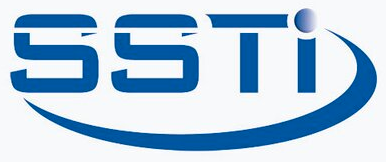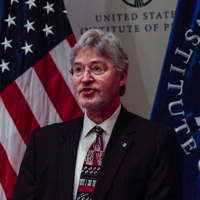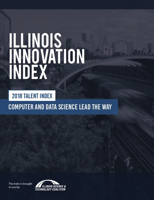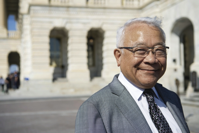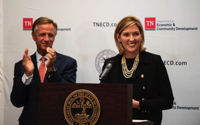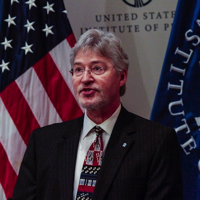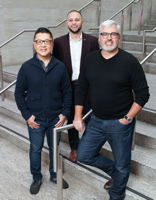
This difference gives us an edge in a world that is being rewired.
Artificial intelligence, blockchain and the sharing economy are changing human existence and reshaping society as we know it. While geo-economic centres are being rewired around these transformative innovations, geo-political narratives are becoming more turbulent, with the rise of nationalism and threats to free-market values.
As disconcerting as these developments are, they are giving Canada—in particular the Toronto Region—an advantage on the world stage. While others are turning inward, we have doubled down on our commitment to multiculturalism and diversity, creating fast-track visas for skilled tech workers.
Image: (L-R) Yung Wu, CEO, MaRS Discovery District; Abdullah Snobar, Executive Director, the DMZ; and Dean Hopkins, Chief Growth Officer, OneEleven - https://www.marsdd.com
